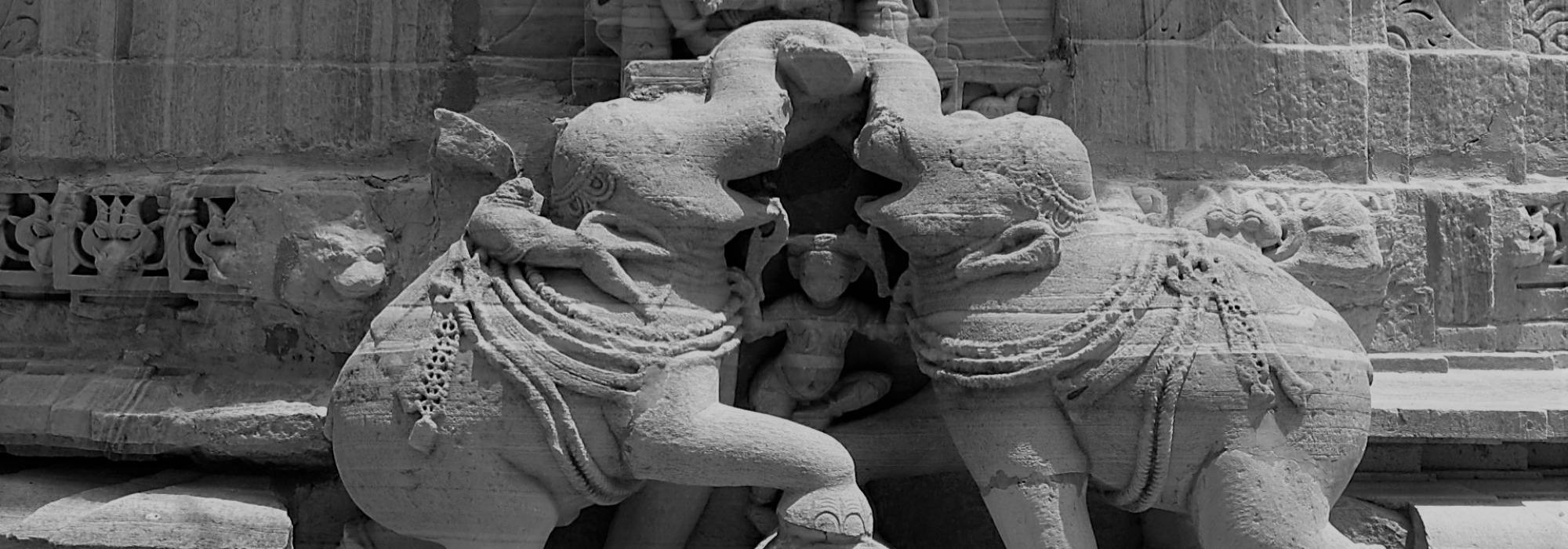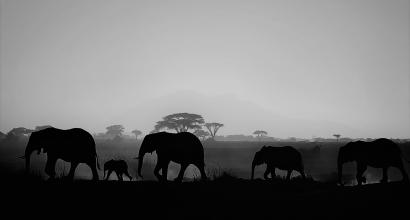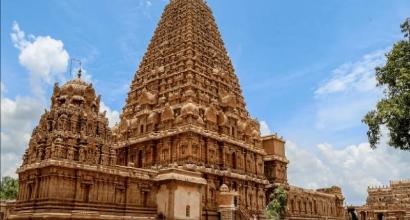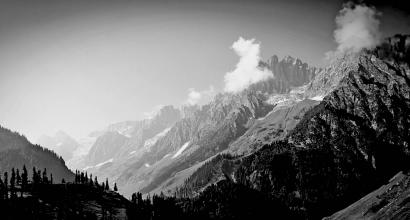Speech delivered by S R Ramaswamy during the launch of four books published by Prekshaa Pratishtana: Kṣāttra: The Tradition of Valour in India, Nayana-Savana, Some Protagonists of Sacred Traditions and Chandoviveka, on 22.7.2023 at Gokhale Institute of Public Affairs, Bengaluru.
~
Namaskāra. My heartiest greetings to all of you and to the vast number of friends who are participating in this event online. I am immensely pleased and honoured to be associated with this event to release a set of unique publications. In my view, each of the four books being launched is of a trendsetting nature.
My presence here is merely ceremonial. However, protocol requires that I speak for a few minutes. So here I am. Like you all I too am eager to listen to the presentations by competent speakers who are all erudite and highly perceptive.
I may hazard saying that so thoroughgoing and in-depth an analysis of Prosody like Chandoviveka by Śatāvadhānī Dr. R Ganesh has never appeared so far in any language. The fresh perspective it has brought to the analysis of several metrical forms is indeed astounding. I am greatly impressed. I should mention in passing that I had the privilege of hearing Vidvān Seḍiyāpu Kṛṣṇa-bhaṭṭa speak on the gītikā metre and its characteristics from this very platform way back in 1976, i.e., forty-seven years ago. The occasion was M Govinda Pai memorial lecture. After so many decades we are today witnessing the launch of a unique work on Prosody by Śatāvadhānī Dr. R Ganesh, appropriately dedicated to the memory of Vidvān Seḍiyāpu Kṛṣṇa-bhaṭṭa. This coincidence is heartwarming indeed.
A full-bodied tribute to Dr. Padma Subrahmanyam, dancer par excellence, was long overdue. I am happy that such a work like Nayana-Savana: A Feast for the Eyes originated from our midst.
Some Protagonists of Sacred Traditions lives up to the rigorous standard set by the earlier volumes in the series [Art Gallery of Memories.] The Prekshaa Pratishtana team deserves plaudits. I am particularly impressed by the creative line-drawings by U Ashok and Sudarshan Muralidhara.
Now a few words about the other magnum opus, Kṣāttra: The Tradition of Valour in India by Śatāvadhānī Dr. R Ganesh. This is a substantially amplified adaptation of the Kannada work, which had come out in 2016 and was itself based on a series of talks delivered earlier by Dr. Ganesh from this very platform. The present English version by Sandeep Balakrishna and Hari Ravikumar has benefited from inputs by several other soldiers of the Prekshaa army. The work is indeed a tour de force. Without fear of contradiction, I may venture to say that this work constitutes a most significant contribution to the realm of history in our time.
The relevance and indispensability of the spirit of valour have been well recognized in our tradition from the earliest times. However, it suffered decline in some periods like the Buddhist Era and most recently in the twentieth century when two generations were lulled into soporific pacificism by senseless preoccupation with misconstrued ahiṃsā, until the flagrancy came home to roost thanks to our neighbour’s bellicosity. Such aberrations render works like Kṣāttra: The Tradition of Valour in India doubly relevant, to serve as a beacon in times of drift or vacillation.
The work takes off with a recollection of how kṣāttra or the spirit of valour has been celebrated even in the remote past. Numerous are the Vedic passages emphasizing the mutual complementarity of brāhma and kṣāttra. As is well known, this injunction found its outstanding expression in Śrīkṛṣṇa, Cāṇakya and Vidyāraṇya in particular.
Dr. Ganesh’s work chronicles the high points of bursts of exemplary valour during the regimes of the Magadhas, Guptas, Cālukyas, Rāṣṭrakūṭas and Hoysaḻas. Naturally, the accounts of legendary heroes like Mahārāṇa Pratāpasiṃha, Śivāji, Raṇajīt Siṃha, Lalitāditya, Yaśovarmā, and also of remarkable women warriors like Rudramadevī, Ahalyābāi Hoḻkar and others constitute the core chapters. It must particularly be mentioned that the work has done justice to several less-known personalities like Śaśāṅka and Hemacandra.
The history of our country’s millennia-old tradition of kṣāttra has never been told so far in a single volume. The present work also represents a much-needed course correction in the way history is taught. It offers a powerful counter-narrative to the lifeless and distorted versions propagated by colonial minds. The work by Dr. Ganesh may be said to encapsulate two millennia of history from a healthier and more wholesome perspective.
The book is appropriately dedicated “to the courageous soldiers of India’s Armed Forces who are continuing the unbroken tradition of kṣāttra in India by fearlessly dedicating their lives to protect our motherland, and to the sacred memory of those numberless warriors who have sacrificed their lives for Bhārata-mātā.”
It would be inexcusable to forget how the all-important Defence Ministry was handled during the immediate post-Independence decades. In total contrast with the kṣāttra-spirit upheld in the past and in negation of centuries-old historical experience, the new rulers accorded the lowest priority to defence. When we have the police, why do we need defence forces? Who is there to fight against? said Prime Minister Jawaharlal Nehru famously. This inanity guided the formation of the cabinet, too.
The only qualification of Sardar Baldev Singh, the first Defence Minister, was that he represented the Sikh community. Nehru chose him for that sole reason. Baldev Singh was given the defence portfolio because nobody else wanted it! Coming from an aristocratic background, Baldev Singh was least interested in defence matters. The civil servants under him—H M Patel and others—were more interested in gathering more and more power and authority in their hands. For this reason, the nation could not benefit from the captaincy of stalwarts like General (later Field Marshall) K M Cariappa.
Sardar Baldev Singh was succeeded by a retired IAS officer, Gopalaswami Ayyangar who died within a few months of assuming office.
The next Defence Minister was Kailash Nath Katju who was an expert in law, and was being moved hither and tither as Governor, Minister, etc. to various States. It is said that Katju’s ignorance of defence matters was total. The blessed man did not even know what a battalion is, or what a division is. He was not even aware of the fact that Mt. Kailash was in the hands of China!
The next person who occupied Defence Ministry was a blunderbuss called Mahavir Tyagi, who claimed to have handled a small responsibility in the First World War. Based on that experience of 1915 vintage, his meddlesomeness proved a hindrance rather than help.
In 1957, V K Krishna Menon was made Defence Minister and General K S Thimayya, the Army Chief. In the beginning there was much hope. But soon the nation was in for more disappointment than with Menon’s predecessors. His unreasoned fight in China misled himself and Jawaharlal Nehru, resulting in the 1962 humiliation and additional loss of hundreds of square miles of territory in Ladakh. Menon knew next to nothing about defence equipment and military science. As if to compensate for this ignorance, he had an overabundance of arrogance, which disturbed even the old guard within the Congress like Acharya Kripalani. It was only after the overdue exit of Krishna Menon and Nehru that serious attention began to be bestowed on upgrading defence-preparedness.
At a critical juncture in our history, twenty-five precious years were wasted. That unpardonable complacence had its hangover even as late as in the late-1990s when our ill-equipped Army faced the Kargil war. Despite handicaps, our soldiers performed magnificently. But there was avoidable loss of precious lives.
I could go on with this sordid story, but my time is up and I have to stop here. What I have briefly recorded will, I hope, further emphasize the all-time relevance of a trendsetting work like Kṣāttra: The Tradition of Valour in India by Śatāvadhānī Dr. R Ganesh.
I will conclude with a poignant aside. When in 1971 Sam Manekshaw was readying the Army to face the Bangladesh war, General Cariappa sent him a very brief note wherein he had quoted a four-line verse, which was as follows:
In times of war and not before,
God and the soldier we adore.
But in times of peace and all things righted,
God is forgotten and the solider is slighted. (Rudyard Kipling, A Time for Prayer)
Thank you all for your patient hearing.










































